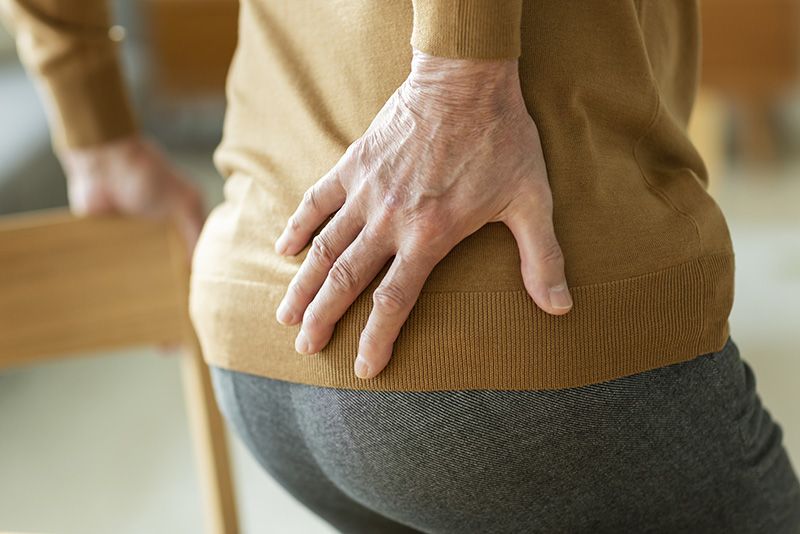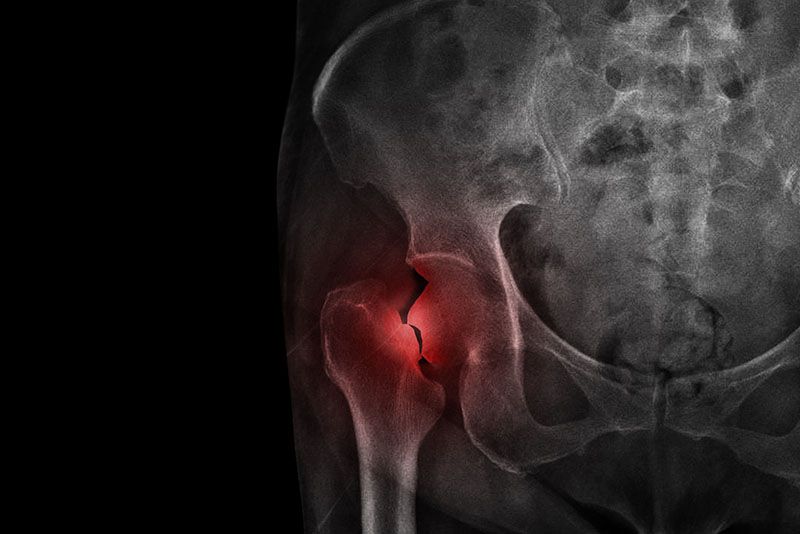Trochanteric Bursitis
Does a sharp pain in your hip wake you up at night? Do you walk or run often?
Trochanteric bursitis affects around 1 out of 50 patients each year. The disorder involves a fluid-filled structure called a bursa. The bursa’s job is to cushion a tendon to prevent damage from motion. When the bursa becomes inflamed, scarred or otherwise injured, you will likely experience a sharp pain to the outside of your hip.
Causes and Risk Factors
Overuse, women, low back pain, smoking, iliotibial band tenderness, and obesity can put you at risk for trochanteric bursitis.


